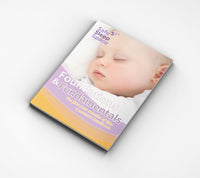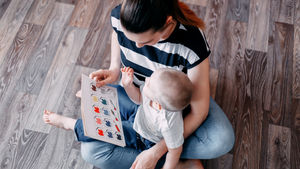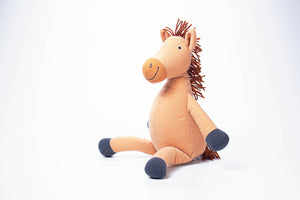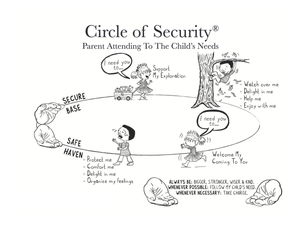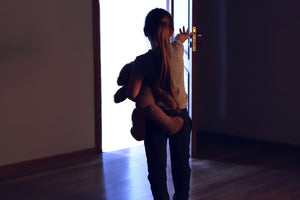In reality, most babies and children love to be with their parents. After all, we are social beings and thrive on social interaction and the security of another when we are babies. That is part of our pre-programmed survival. So when it is bedtime, it is natural for a baby or child to not want to separate from the parent. However, our western society isn’t structured in a way that the parents can always be with the sleeping baby or child.
In today’s world, we often use our baby or child sleep patterns as an indicator of our parenting skill. “Does your baby sleep at night” “Is the baby a good or bad sleeper? Actually it can be a range of factors that impact on how the baby sleeps, and preparation for sleep can be very influential.
Some preparation tips:
- It cannot be overstated how important it is to the brain of a baby and toddler to avoid being overtired. Sleep happens much easier if it occurs when the tired signs are showing, and not ages after.
- Turn the TV and computer off. No screens are recommended by the American Association of Paediatrics until the age of 2 years. A quiet book reading or cuddle and song are much more calming on the brain than the stimulating activity of TV and computer screens.
- Anticipation helps your baby or toddler know that bed time is approaching. The gentle cuddle and rock or a song can add to the ‘messages’ that sleep time is near.
- Together during the cuddle, dim the lights and ‘set the scene’ for sleep.
- Look together for blankie or teddy. A ‘blankie’ with a satin edge is a perfect comforter as it can be safely tucked in under the mattress so it cannot obstruct air flow to the baby and child. Please adhere to SIDS recommendations in regard to soft toys, bedding and infant sleep
- Allow your baby or toddler to drift to sleep in their cot. Going to sleep from drowsy and just quiet and alert is the ideal way for sleep to begin. Self regulation in the form of shuffling around and getting comfortable is part of the preparation for sleep, so it can be done if your baby/toddler has the opportunity to do that for themselves before sleep. Drifting to sleep helps a baby/toddler know how to get back to sleep when they naturally wake between sleep cycles.
- Remember not to offer bedtime as an option. That leaves the parent in a rather awkward position when the child politely declines the invitation to go to bed. Gently and calmly say ‘it is bedtime now’. If you want to offer choices at this time, let that be from the two books to read from, rather than choosing to or not to go to bed.
- Remember not every baby or child can just ‘go to sleep’ they often need support and a lot of patience from a loving and understanding parent. Guidance and a positive approach will help your baby or toddler make the transition to sleep more readily.
Help with looking after your Toddler
As your baby develops into a toddler, they become increasingly aware of the world around them.
While this can be an exciting time for your toddler, it can also be challenging and frustrating for you both, as they begin to exert their independence and insist on doing things on their own.
The Guide to Toddlers is the perfect place to learn all of the skills and behaviours of your toddler and gentle and effective ways to communicate with them.
Many parents have reduced sleep when a new baby arrives. The Safe Sleep Space website has a variety of resources and supports to provide tips and advice on how to assist your baby with sleep. You can also book a phone consultation to speak with a Sleep Consultant.
Other blog posts you will find helpful:
When is it time to get help for my child's sleeping?

